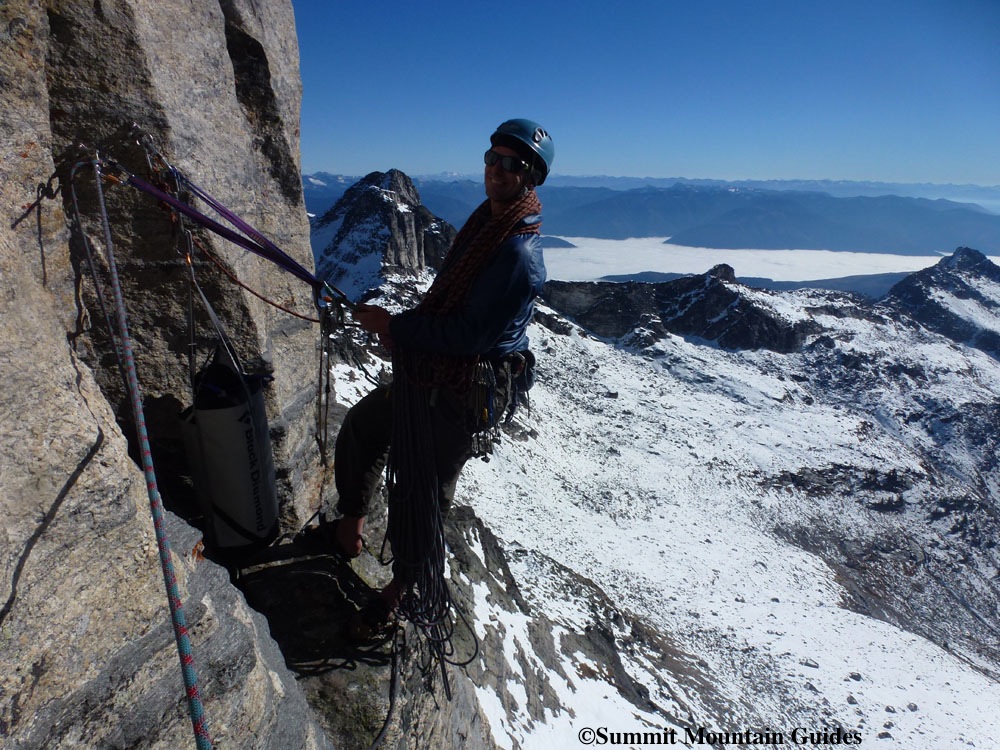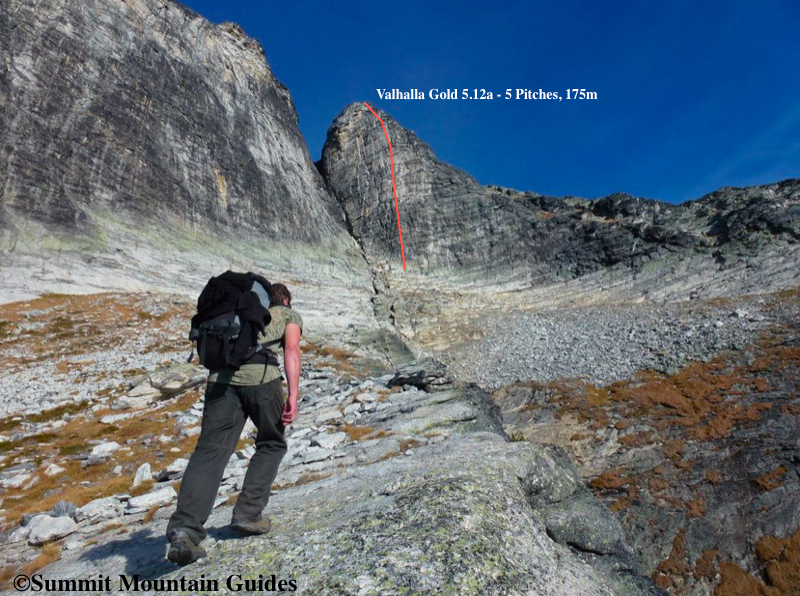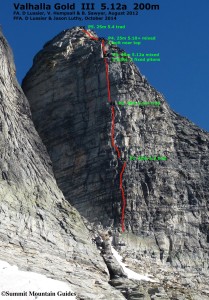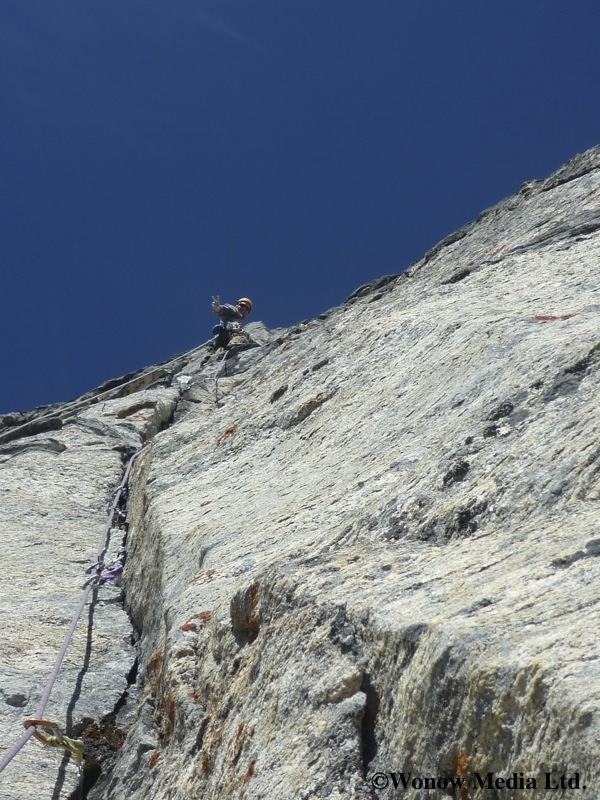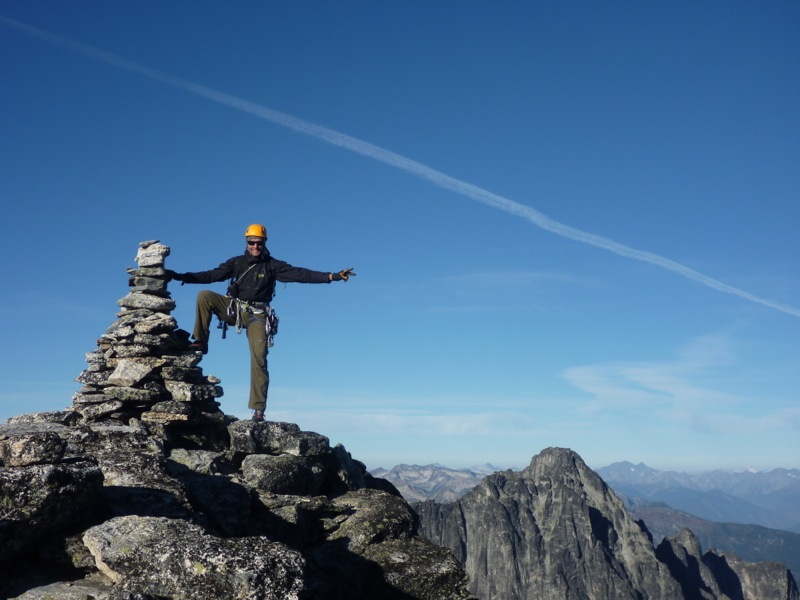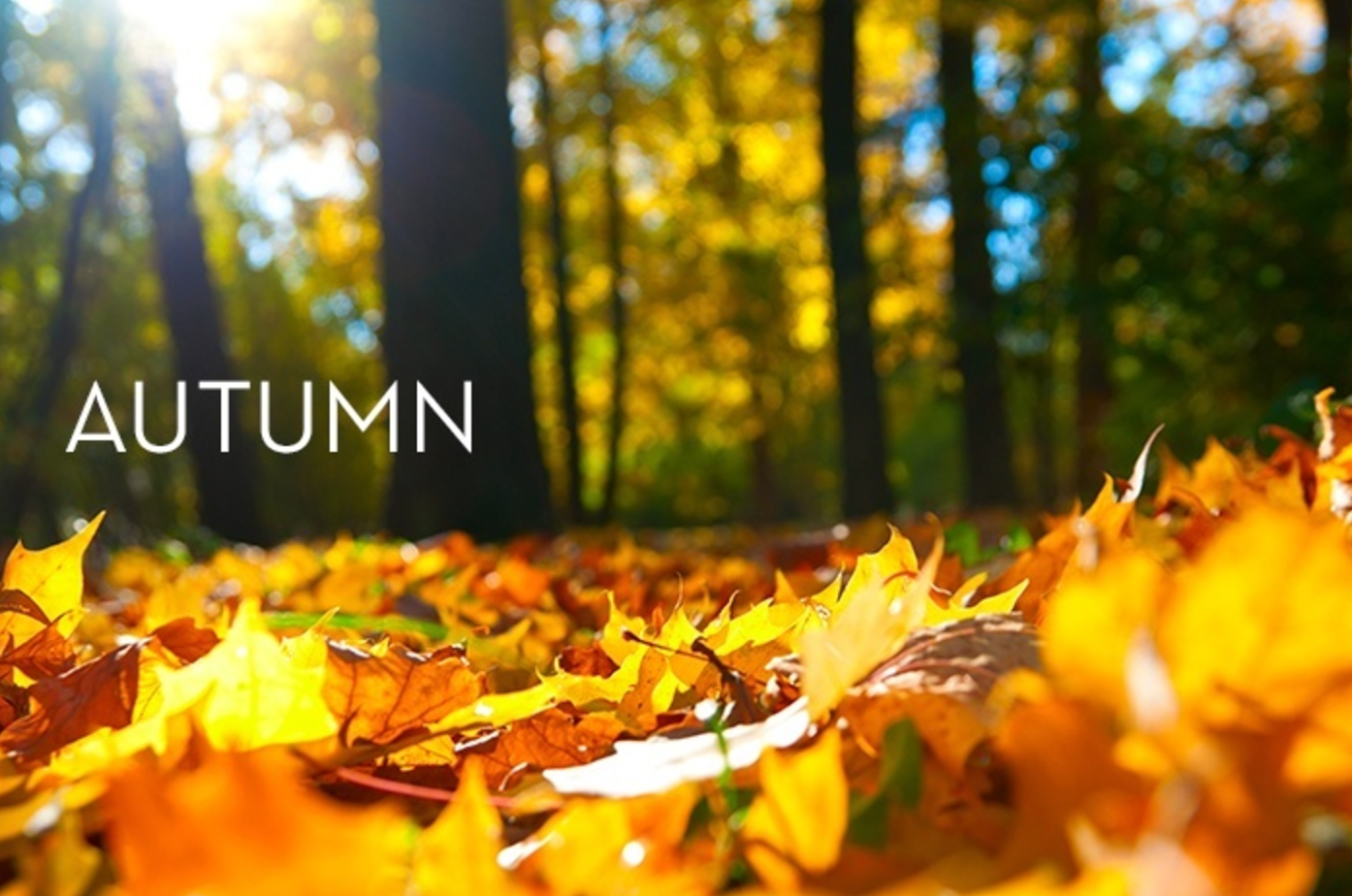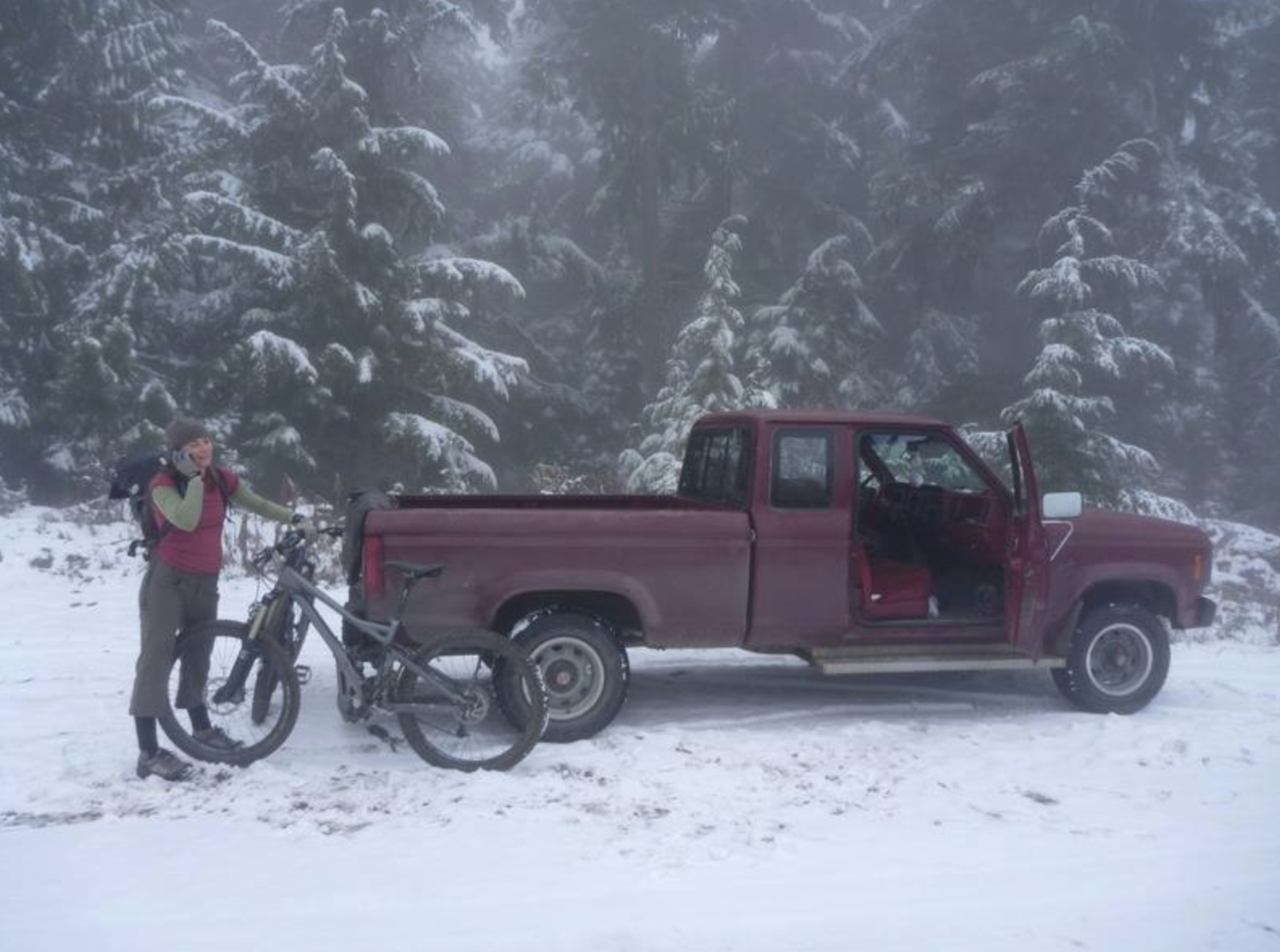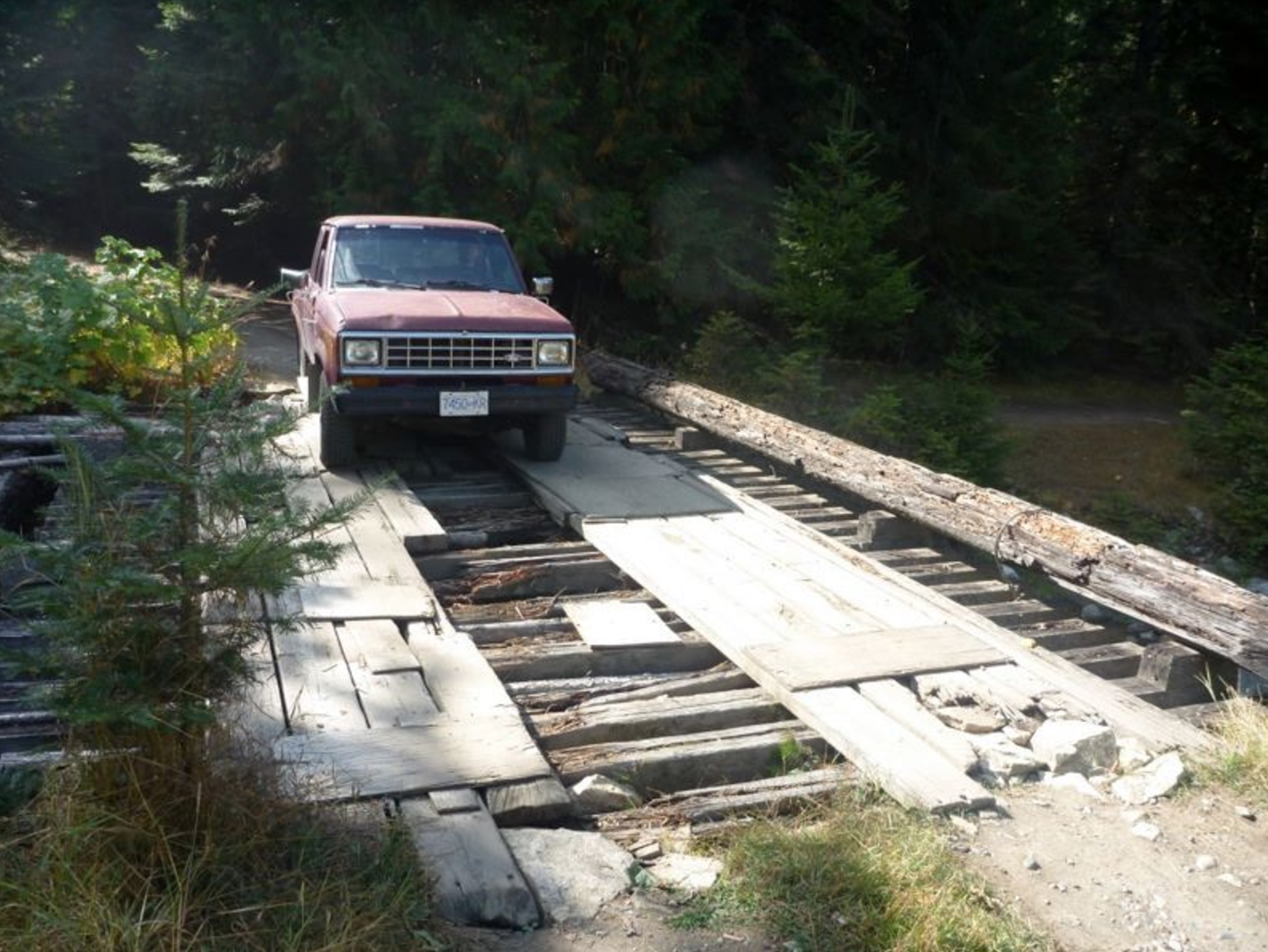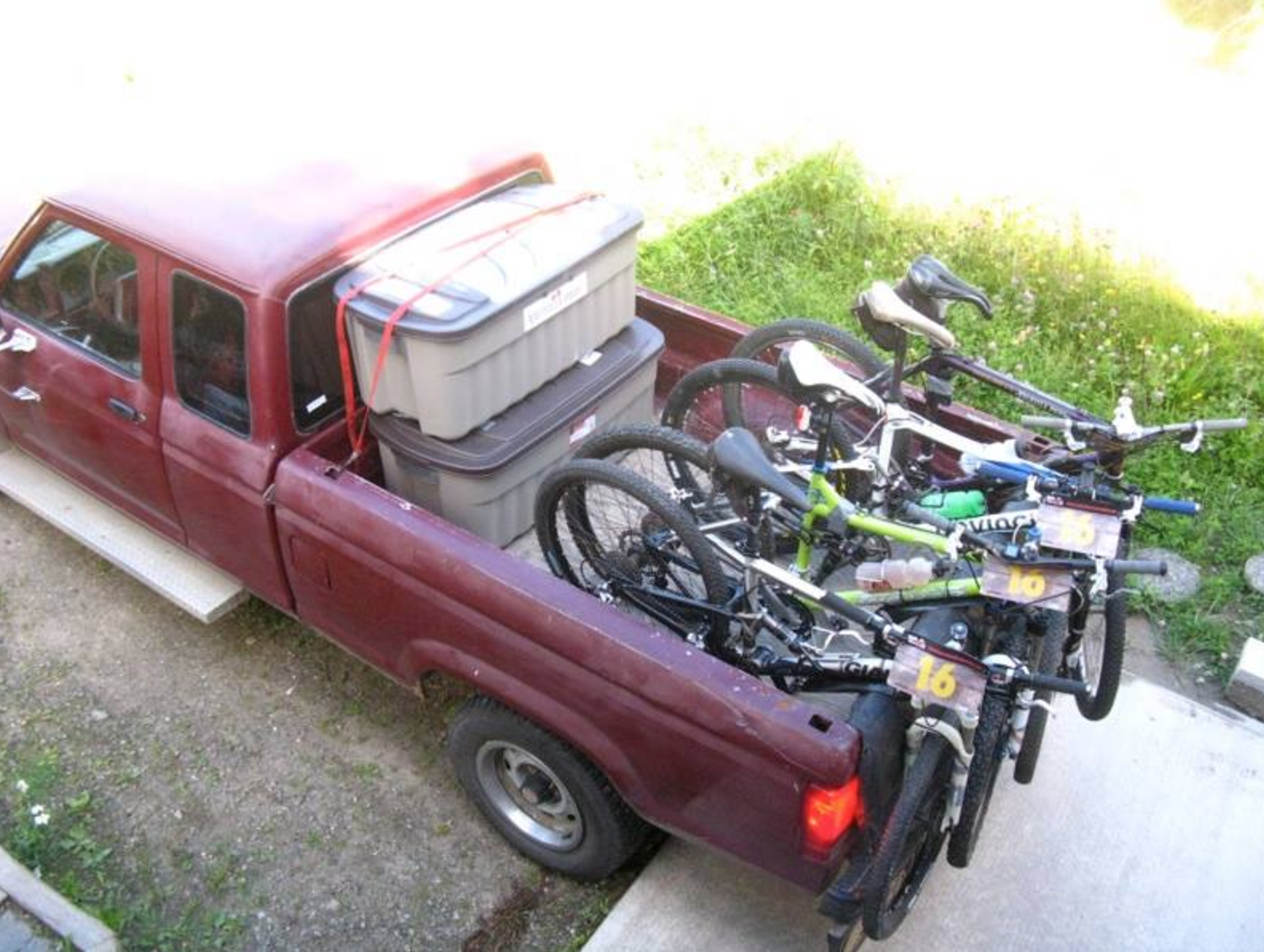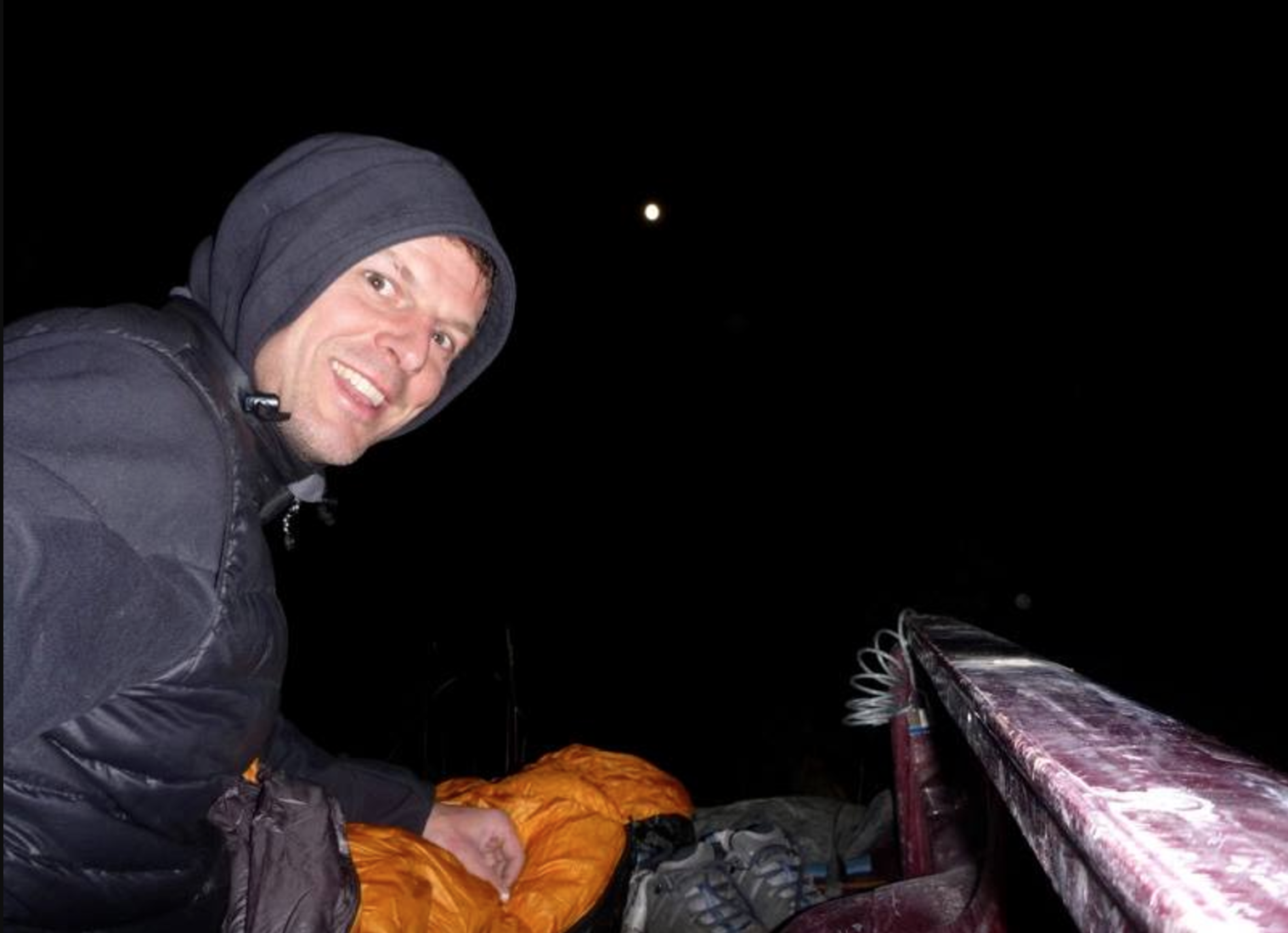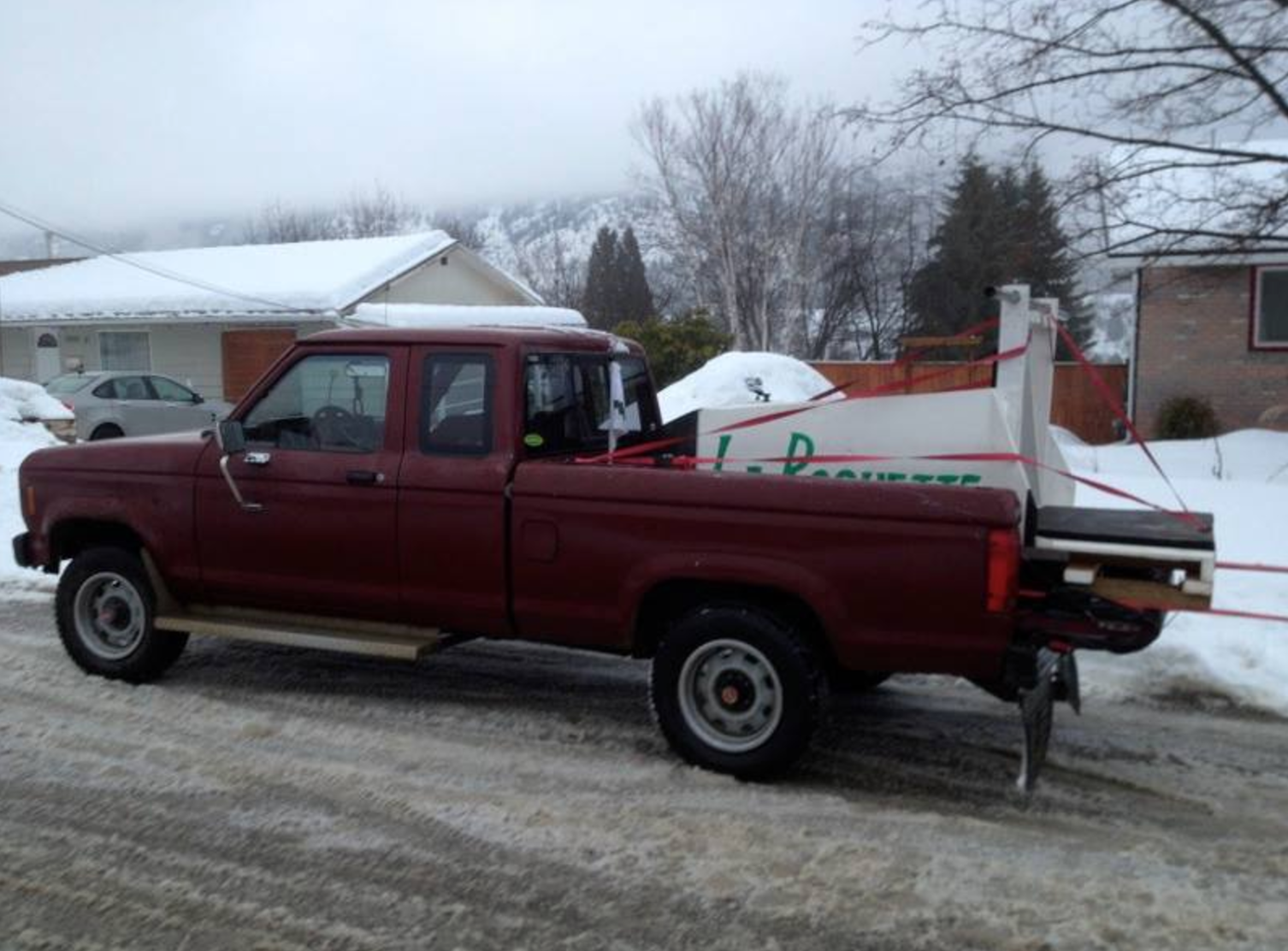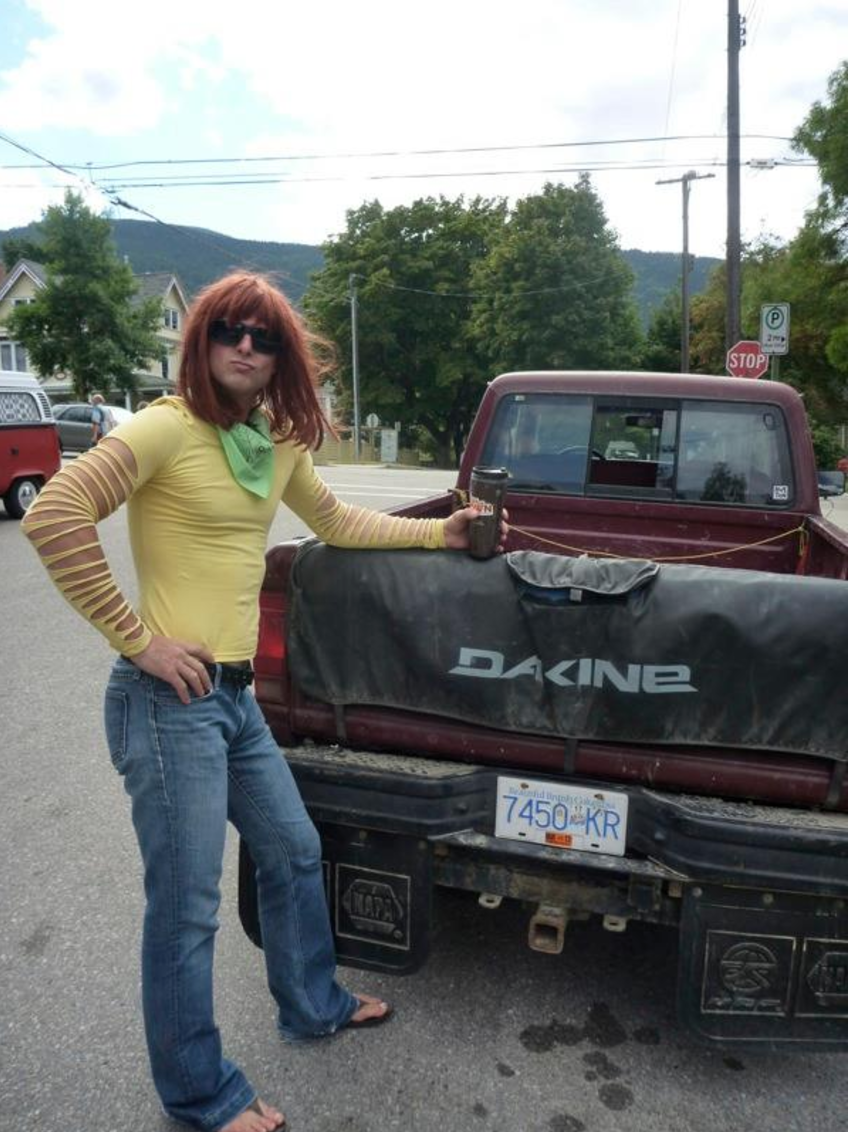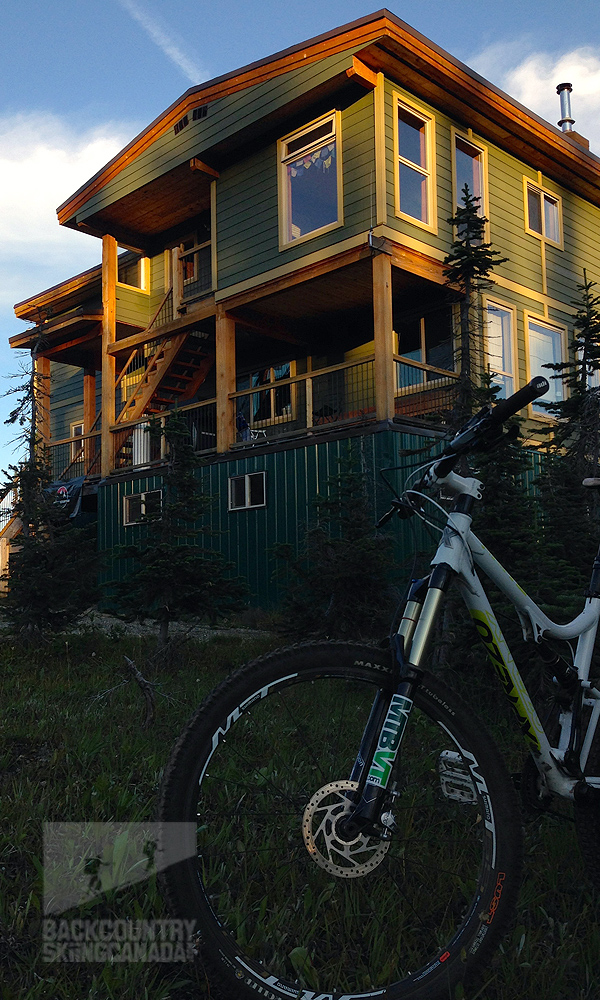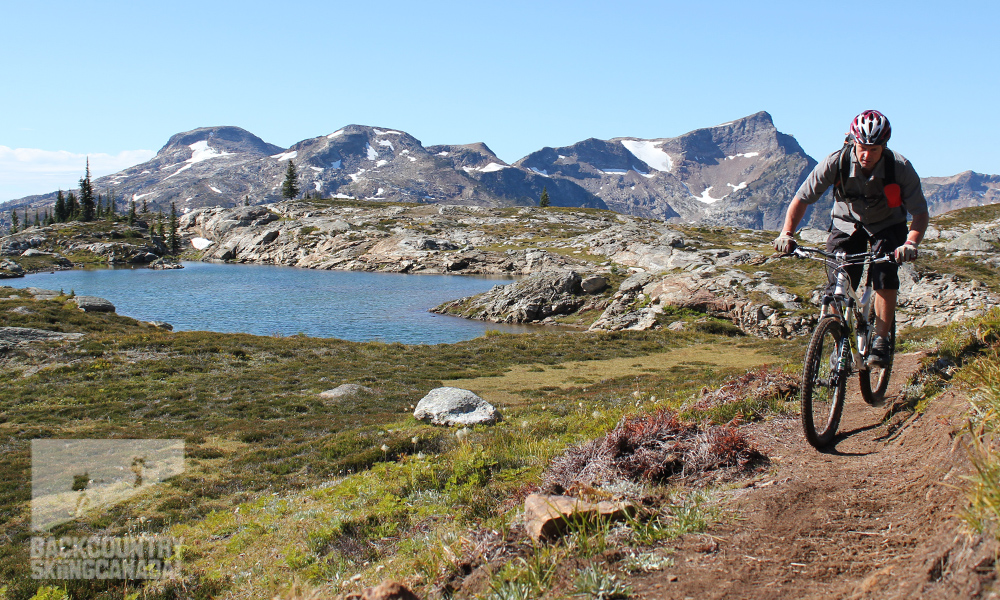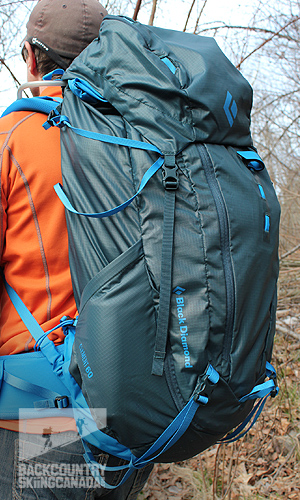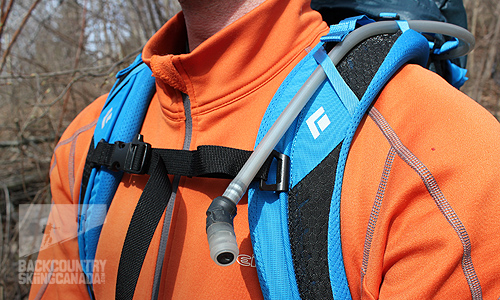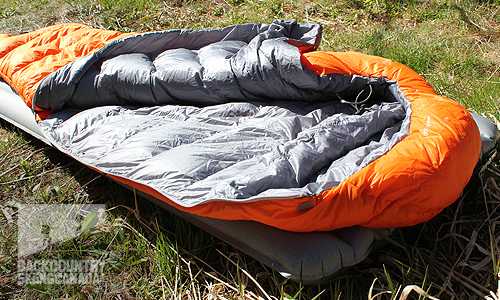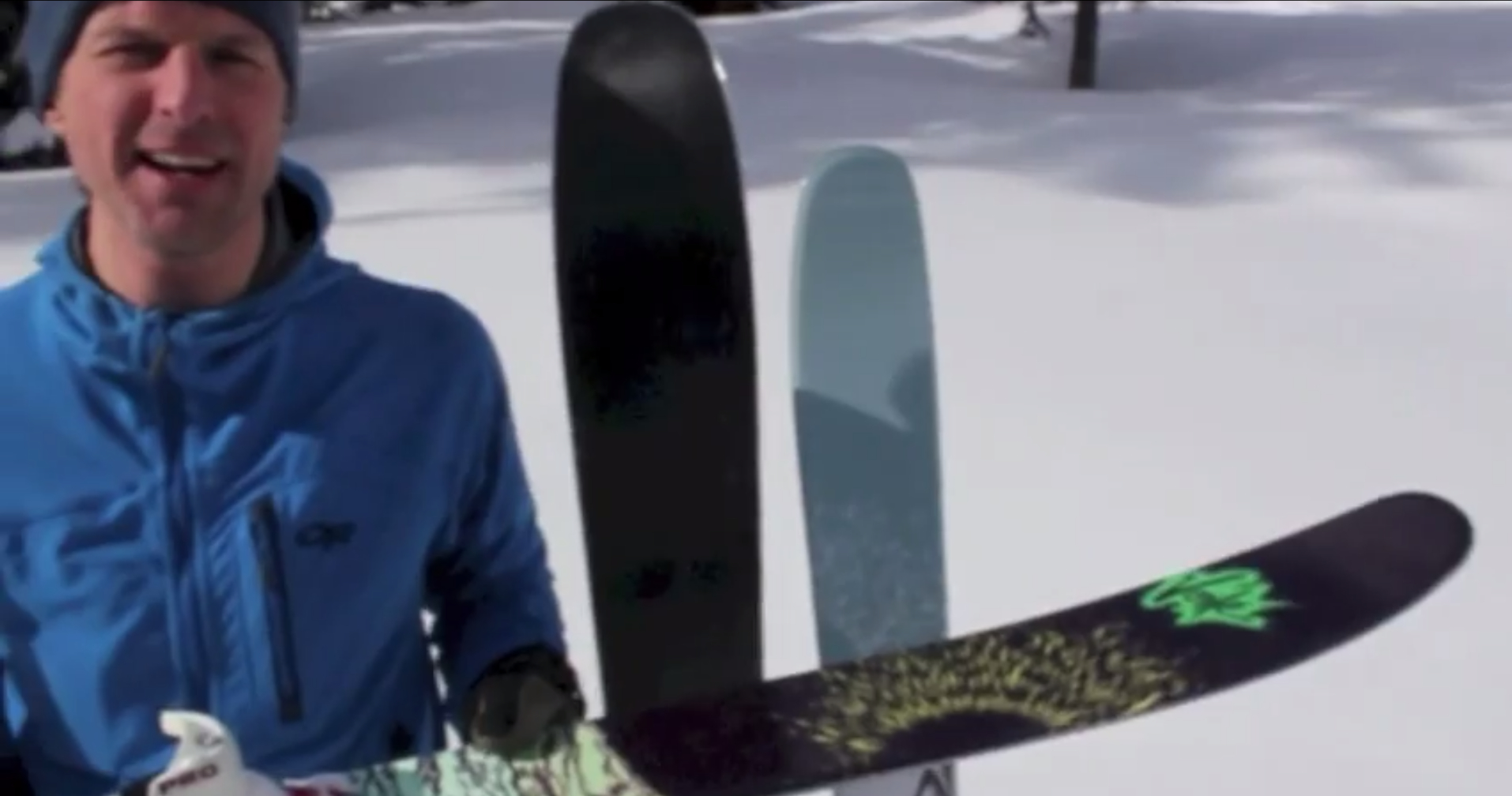Review of the Mountain Hardwear Compressor Jacket & Pants
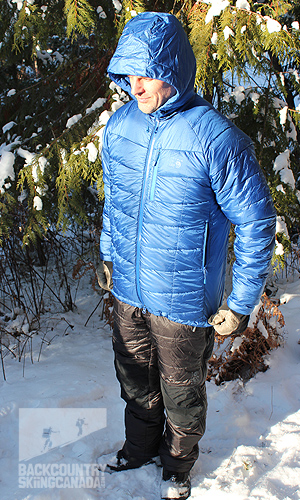 There have been very few moments in my lifetime when I wished I had a pair of down pants. The exceptions have been skiing at Mont Tremblant in Quebec during a -30°C spell and snowshoeing in Manitoba in -40°C weather. I suppose if I was scaling Everest or mushing dogs in the Yukon then I’d purchase a pair but usually a good set of thermal long john’s and a shell will see me through most backcountry excursions. A down jacket on the other hand is a part of my daily wardrobe in the winter months and for a lot of the shoulder season too. I’ll wear one belaying, skiing, hiking, climbing in the alpine, walking around town and, inevitably I’ll stuff one in my backpack for a mt. bike or fat bike ride as well, just in case. Needless to say I was excited to try out the Mountain Hardwear Super Compressor Hooded Jacket, with it’s Thermal Q Elite insulation that the company says is “designed to mimic the structure of down to create the highest warmth-to-weight ratio available in synthetic insulation.” (In other words it’s supposed to be as warm as down but will retain its loft and perform well in damp conditions.) As for the company’s insulated Compressor Pant that were also sent to review, well, let’s just say I wasn’t as keen to try them out. But, wow, was I ever surprised.
There have been very few moments in my lifetime when I wished I had a pair of down pants. The exceptions have been skiing at Mont Tremblant in Quebec during a -30°C spell and snowshoeing in Manitoba in -40°C weather. I suppose if I was scaling Everest or mushing dogs in the Yukon then I’d purchase a pair but usually a good set of thermal long john’s and a shell will see me through most backcountry excursions. A down jacket on the other hand is a part of my daily wardrobe in the winter months and for a lot of the shoulder season too. I’ll wear one belaying, skiing, hiking, climbing in the alpine, walking around town and, inevitably I’ll stuff one in my backpack for a mt. bike or fat bike ride as well, just in case. Needless to say I was excited to try out the Mountain Hardwear Super Compressor Hooded Jacket, with it’s Thermal Q Elite insulation that the company says is “designed to mimic the structure of down to create the highest warmth-to-weight ratio available in synthetic insulation.” (In other words it’s supposed to be as warm as down but will retain its loft and perform well in damp conditions.) As for the company’s insulated Compressor Pant that were also sent to review, well, let’s just say I wasn’t as keen to try them out. But, wow, was I ever surprised.
To read the full review, log on to Backcountry Skiing Canada.


